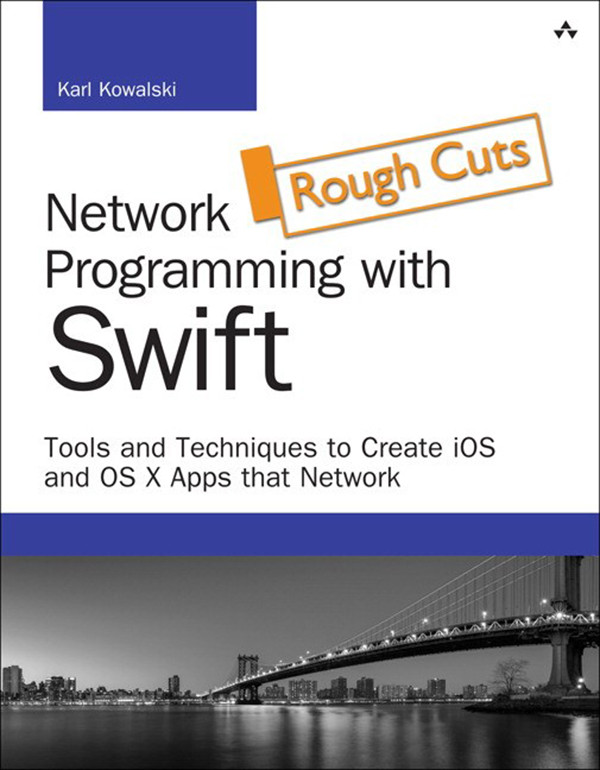

Most ebook files are in PDF format, so you can easily read them using various software such as Foxit Reader or directly on the Google Chrome browser.
Some ebook files are released by publishers in other formats such as .awz, .mobi, .epub, .fb2, etc. You may need to install specific software to read these formats on mobile/PC, such as Calibre.
Please read the tutorial at this link: https://ebookbell.com/faq
We offer FREE conversion to the popular formats you request; however, this may take some time. Therefore, right after payment, please email us, and we will try to provide the service as quickly as possible.
For some exceptional file formats or broken links (if any), please refrain from opening any disputes. Instead, email us first, and we will try to assist within a maximum of 6 hours.
EbookBell Team

4.3
98 reviewsThis is the Rough Cut version of the printed book.
Writing networking code has never been easy,
but in an era where practically every app is a connected app, these
skills are absolutely essential. Apple's networking libraries for
iOS and OS X offer complete facilities for creating code to network
with websites, databases, and even other devices running your app.
Often, however, Apple's documentation doesn't cover the details,
subtleties, and scenarios you need to know about.
¿
In Network Programming with Swift,
expert network programmer Karl G. Kowalski brings together all the
knowledge and code recipes you need to create network-ready apps
for iOS or OS X. Kowalski covers crucial issues and new
technologies other Apple network programming ignore, especially
Apple's valuable new Bluetooth LE support. Wherever network
communications requires both a transmitter and a receiver -- as for
a Bluetooth contact-sharing app that transmits specific data and
expects a custom response -- he walks through implementing both
sides. You'll also find expert coverage of data privacy and
integrity issues, third-party libraries and tools, and debugging
network code.
¿
Kowalski presents most examples in Swift,
supporting your migration to Apple's powerful and efficient new
language. Wherever necessary for clarity or other reasons, he also
provides Objective-C examples. Every example is targeted at iOS 8
and reflects the new Xcode 6 development environment.